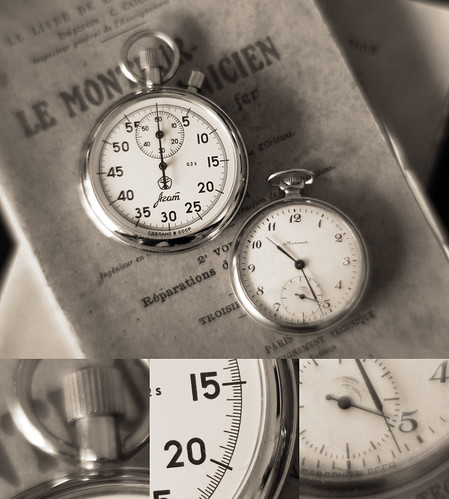Chetworth Del Gato posted a soft focus image to Flickr. I saw it, appreciated it for a moment, and was about to move on to look at something else when I stopped and had a good long look. Gawds! I think it's gorgeous. Call me Old Fashioned. Call me a Sentimentalist. Call me a Fool. I don't care. It's a great image.
The subjects eyes are sharp. The entire image glows beautifully. The edges are gently softer overall than the center, but not by much. The lighting is nearly perfect. The composition is classic. To me it's a good example of what current day Pictorialist practitioners can achieve.
Chetworth used a 9inch Pinkham & Smith Semi-Achromatic to 5x7 film. That lens is filled with optical imperfections that modify the scene in "just the right way." It's such an "artistic" optic.
I asked the photographer if he felt one could replicate the effect in smaller format cameras. He said he didn't think it was possible.
If you know me, you know I love a good challenge. That's really what this series on Soft Focus Pictorialist Effects is all about. I'm still trying after many years to see how close I can come to duplicating the "look" and "feel" of large format film photography what uses early soft focus lens.
In the first post on the topic I talked about how a "resolution hole" opened up when using the Pentax 85mm f/2.2 Soft as the lens was stopped down. This is where the center of the image is sharp and without much of an overlaying softness, and where the edges retain an obvious amount of under-corrected spherical aberration.
The "resolution hole" appeared at f/4 and became very apparent at f/5.6. It is so strong that it was somewhat disorienting to me in the f/5.6 comparison image. This got me to thinking and wondering.
How sharp is this Pentax 85mm f/2.2 Soft at f/5.6?
The following may help answer that.
To begin with, it's important to note the image I use here was shot at the lens' minimum focus point. The subject was about a foot or so away from the camera.
While the image talked about in this blog entry is not trying to duplicate the effects Chetworth achieved in his 5x7inch film photograph, it is a potentially important stepping-stone to a greater understanding of how I should use this dastardly Pentax 85mm f/2.2 Soft.
Setup ~
- Camera -
- Sony A7, 100ISO, 2sec timer, "A" mode
- Lens -
- Pentax 85mm f/2.2 Soft at f/5.6
- Bogen tripod
- RawTherapee - similar image processing settings applied to all images
How sharp is it?
As always, click on the image and enlarge to 100percent to see whatever there is to be seen.

No comments:
Post a Comment